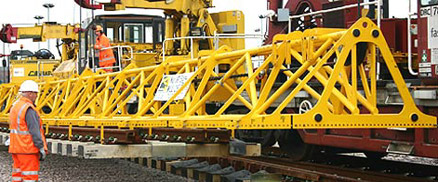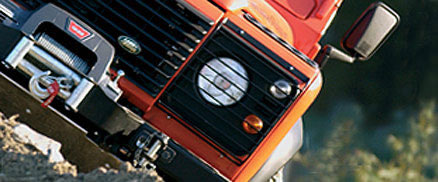If you love thrills and excitement then why not try off-roading? It’s a sure fire way to have fun and get your adrenalin pumping.
If you already own your off-road vehicle, then here’s a guide to the essential equipment you’ll need to turn your off-roading dreams into a reality.
Liftrax:
What are they?
Liftrax are made from specially designed reinforced fabric and are strong enough to support a four tonne vehicle using the pneumatic power of trapped air. They’re lightweight and compact enough to roll up into a small bag.
This inflatable drive on device will get you out of a tight spot when stuck in mud, sand or other difficult to negotiate terrain.
Hi-Lift Jacks:
What are they?
This is a rugged and highly versatile Jack that puts you in command of any situation where you need lifting, pulling, winching or clamping. It’s lightweight and easy to manage, but still maintains incredible lifting power.
Post Popper:
What are they?
This tool is designed to quickly remove posts manually. It attaches to any type of post in seconds and pulls them straight from the ground without bending them.
WARN Lights:
What are they?
These rugged and powerful lights are great for night driving and will light your way back to the pavement after an exciting day off-roading. You can get flood lights, spot lights and driving lights.
Optima Batteries:
What are they?
Optima batteries come in red top and yellow top varieties. The red top have the power to start demanding vehicles quickly when they need it most. The yellow top provides power for special vehicles with winches, engine heaters, larger audio systems and other applications that demand ultimate energy.
Safari Snorkels:
What are they?
These innovative inventions fit neatly over your exhaust and enable you to drive in wild water, sandstorms and heavy snow and rain. They help your 4×4 to keep going in the toughest of environments. They’re durable, stable and deliver a continuous cooler supply of air fro maximum performance.
Tow Ropes and Tree Strops:
What are they?
Tow ropes and tree strops will help get you out of any sticky situation. If you’re driving with others then tow ropes can be used to pull you out of a tight spot, or if you’re relying on yourself then tree strops can be utilised to get you unstuck.
So why not start equipping yourself today with all the essentials and before you know it you could be flying along the tough terrains of the UK in your very own fully kitted out 4X4.


